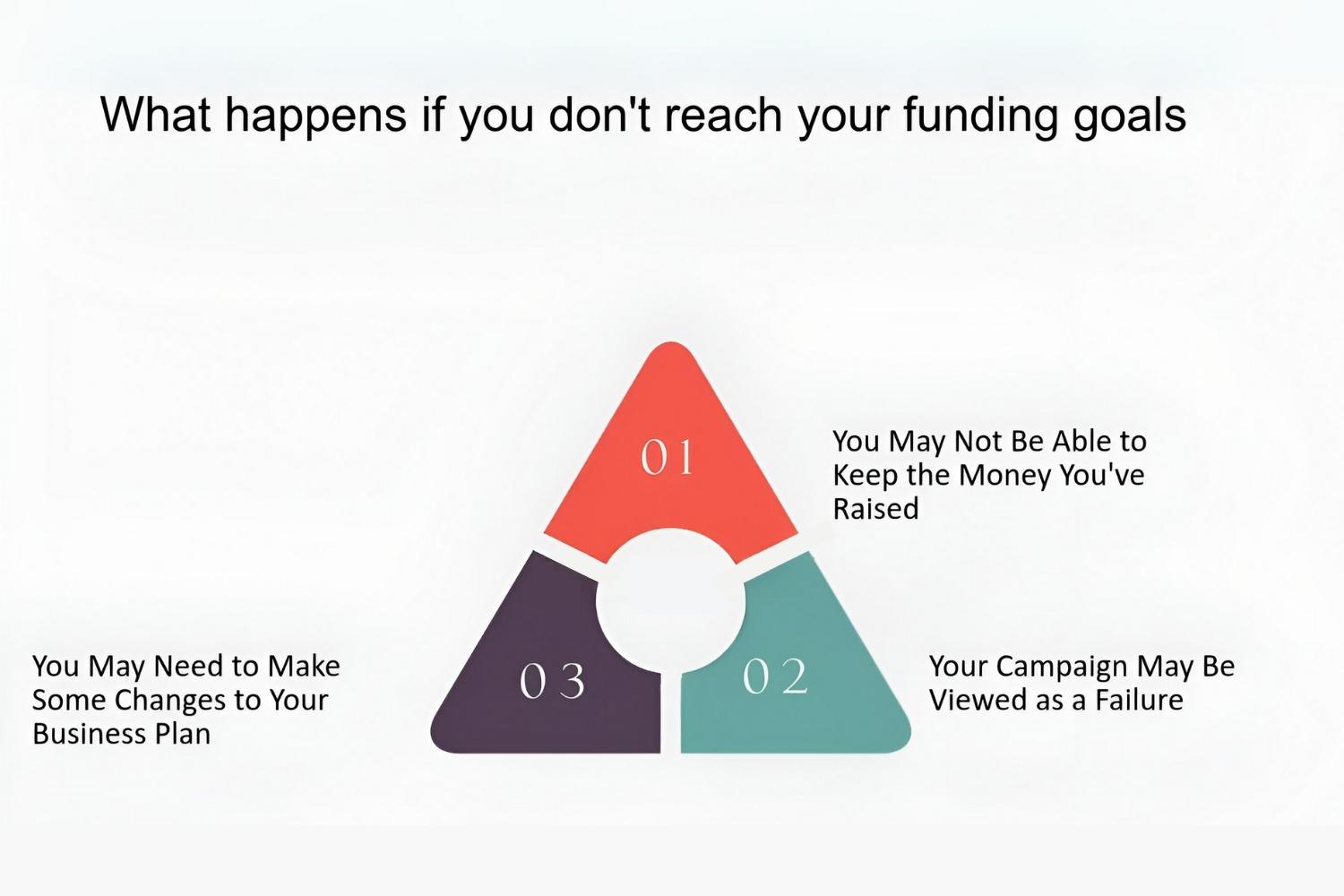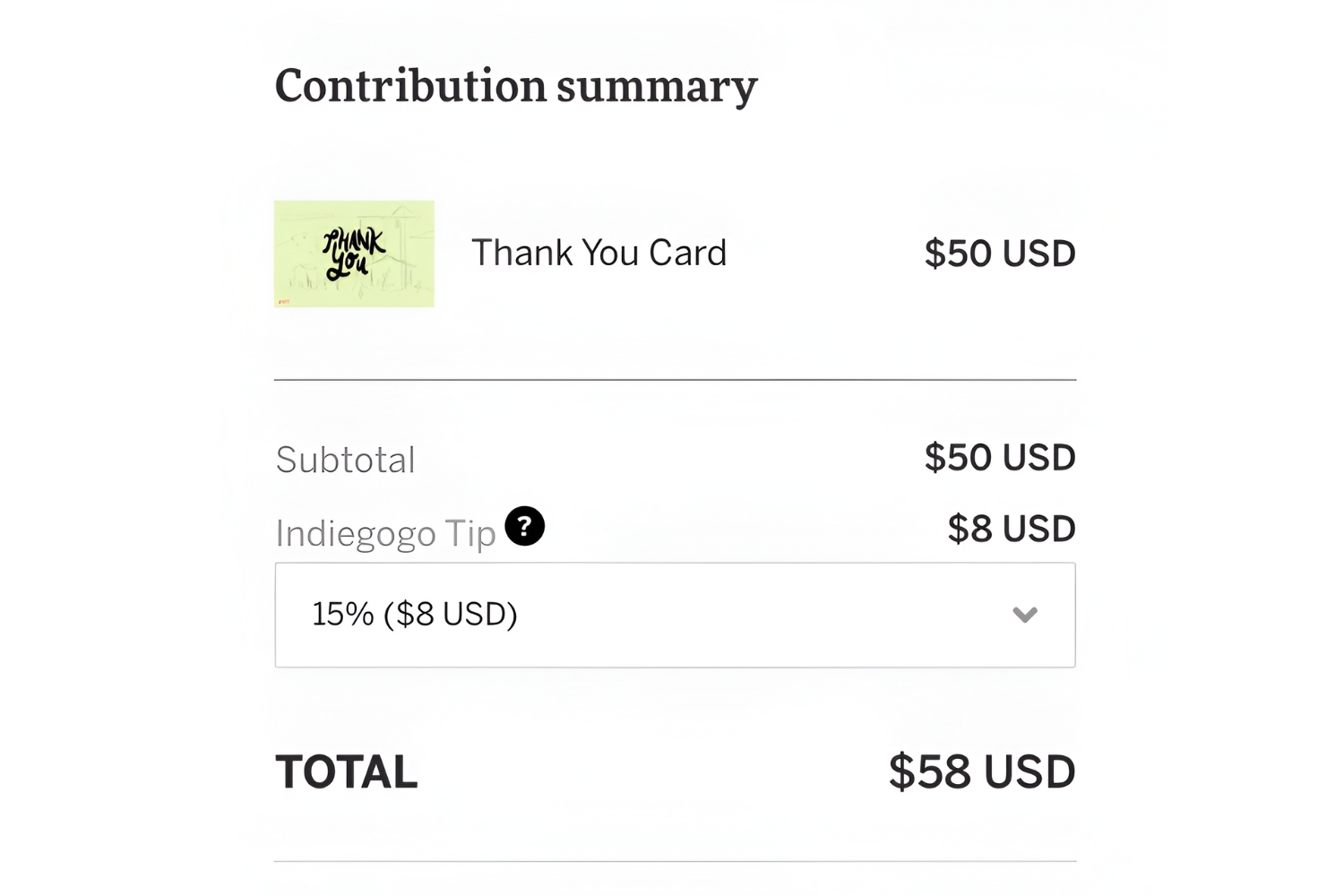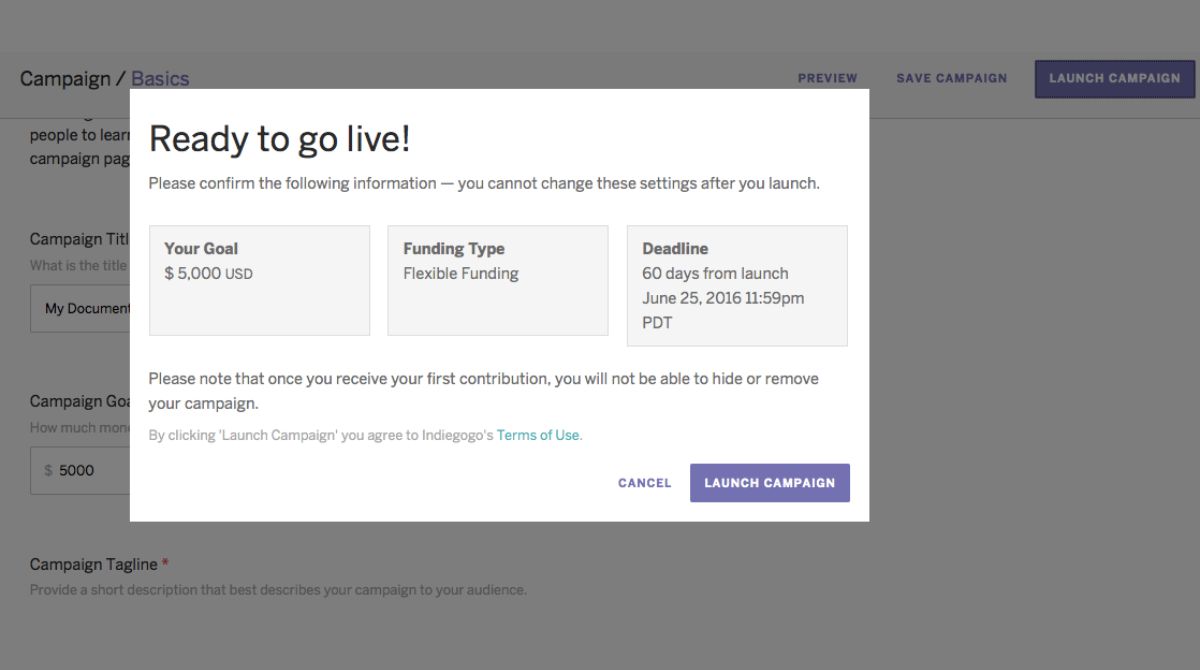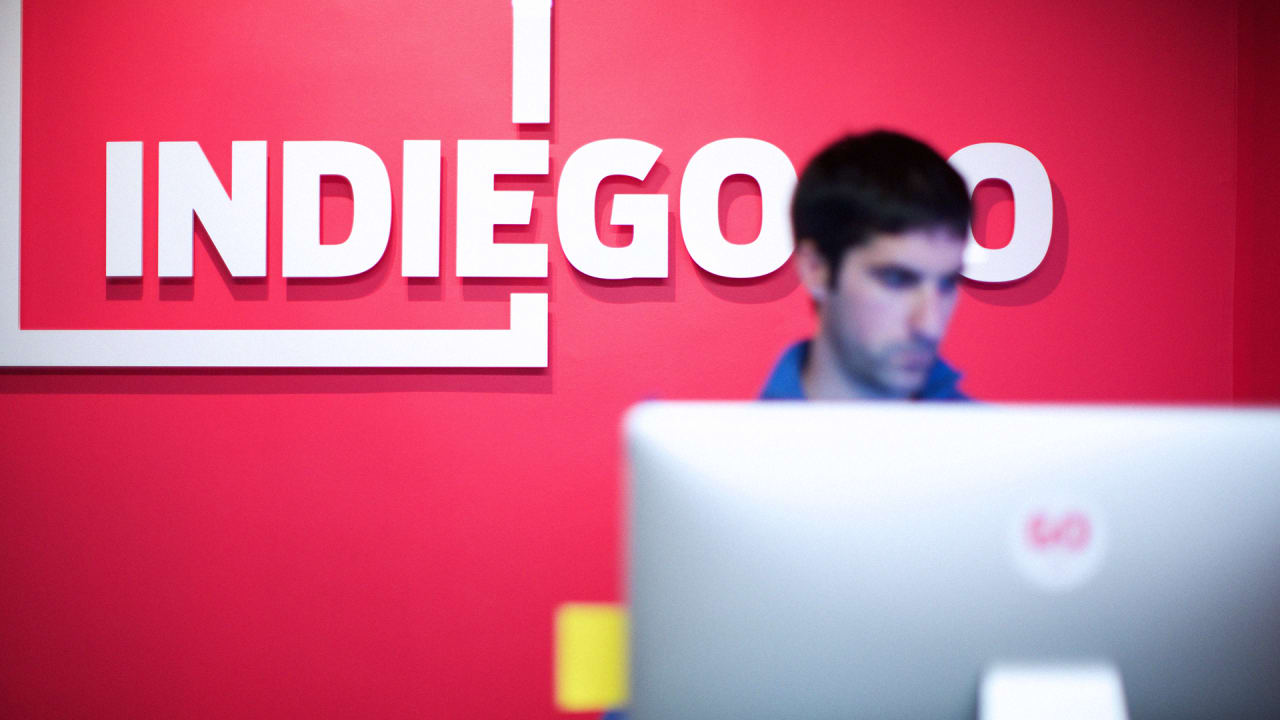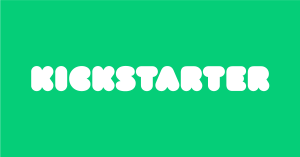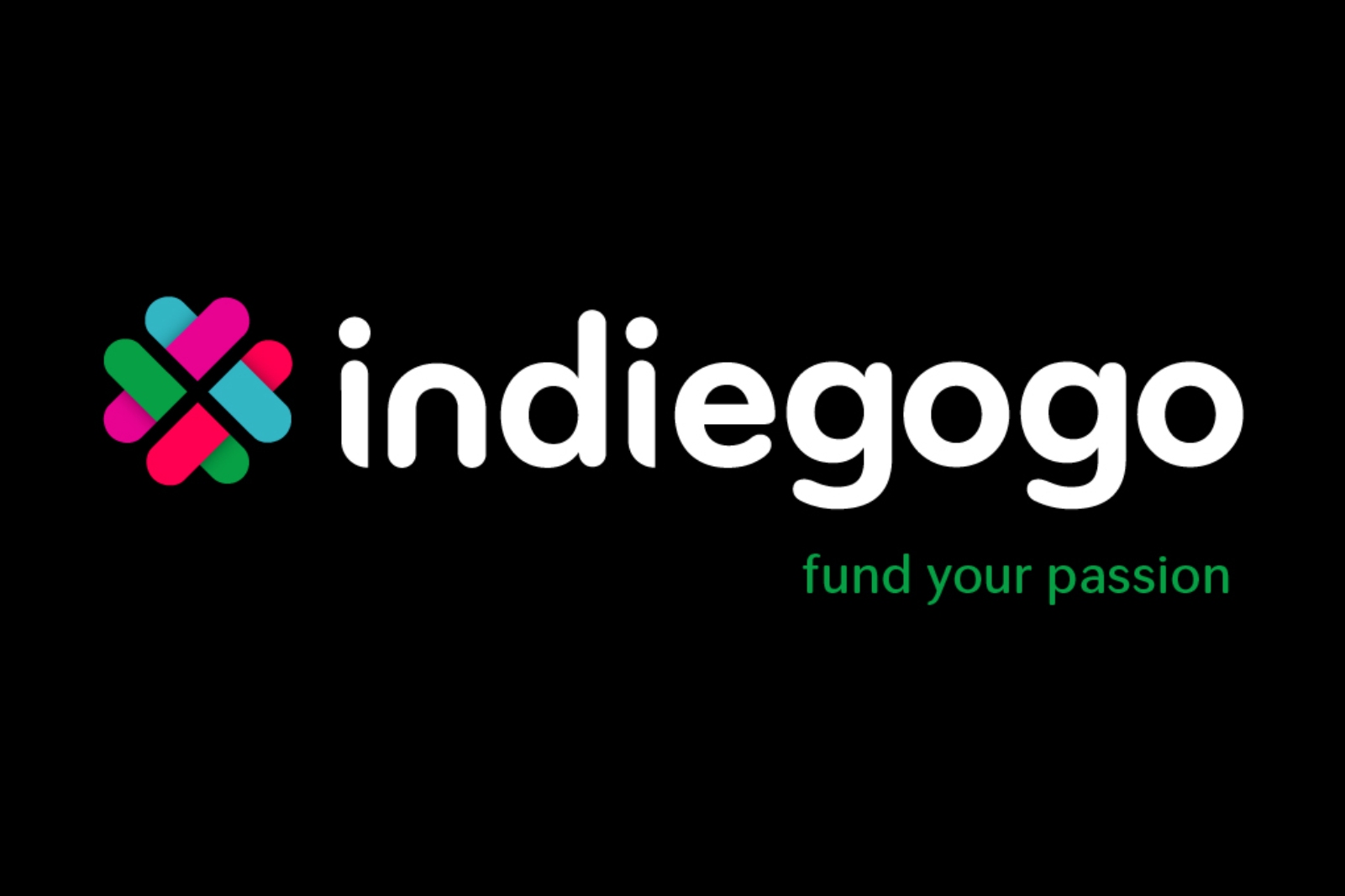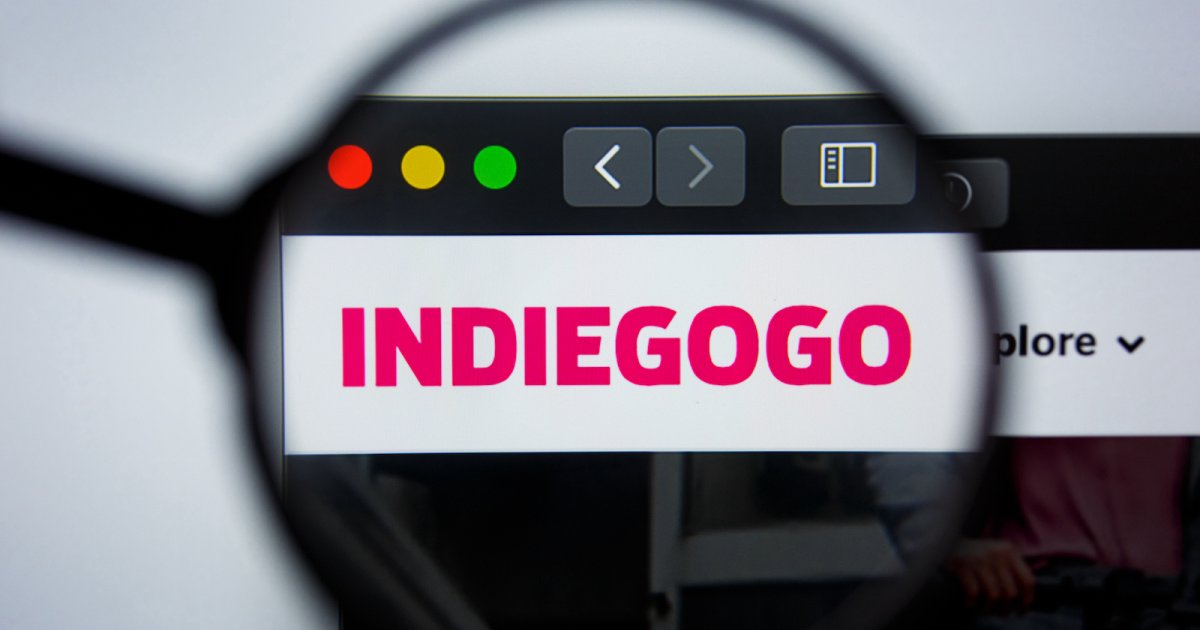Introduction
Welcome to the world of crowdfunding! If you’re considering launching a campaign on Indiegogo, kudos to you for taking this exciting step towards bringing your creative project or business idea to life. It’s an incredible platform that connects entrepreneurs, artists, and innovators with a global community of backers who are passionate about supporting new ventures. However, crowdfunding comes with its own set of challenges, and one of the biggest hurdles you may encounter is not reaching your funding goal.
While you may have put your heart and soul into planning and promoting your Indiegogo campaign, sometimes unforeseen circumstances or limitations may prevent you from hitting your target. In this article, we’ll delve into the implications of not reaching your funding goal on Indiegogo, discuss what happens to the funds you’ve raised, and explore alternative options for securing funding.
It’s important to note that although not reaching your funding goal can be discouraging, it doesn’t mean the end of your project or idea. Many successful campaigns faced setbacks along the way, adjusted their approach, and eventually achieved their goals. So, let’s explore the challenges and opportunities that come with falling short of your Indiegogo funding goal.
Challenges of Not Reaching Your Funding Goal
While launching a campaign on Indiegogo can be an exhilarating experience, not reaching your funding goal can present a series of challenges. Here are a few key challenges you may encounter:
- Lack of Sufficient Funds: The most obvious challenge is not having enough funding to bring your project to fruition. Without reaching your goal, you may not have the necessary capital to manufacture your product, produce your film, or launch your business.
- Limited Resources: A failed crowdfunding campaign can also leave you with limited resources to invest in marketing, product development, or other crucial aspects of your project. This can hamper your ability to move forward and make progress.
- Dented Confidence: When your campaign falls short, it’s natural to feel a sense of disappointment and even doubt your project’s potential. It can be challenging to bounce back and regain your confidence after experiencing a setback.
- Loss of Momentum: A failed Indiegogo campaign can also result in a loss of momentum. The initial excitement and energy generated during the campaign may fade away, making it harder to generate interest in the project later on.
- Public Perception: Not reaching your funding goal can lead to public perception challenges. Some potential backers may view your project as less credible or less likely to succeed if you were unable to secure adequate funding.
It’s crucial to recognize these challenges, but it’s important not to let them discourage you. Many successful entrepreneurs and creators have faced similar hurdles and used them as stepping stones towards future success. Now, let’s explore the implications of not reaching your funding goal on Indiegogo.
Implications for Your Campaign
Not reaching your funding goal on Indiegogo can have various implications for your campaign. Here are a few key areas that may be affected:
- Revenue Generation: Falling short of your funding goal means you won’t receive the full amount you aimed to raise. This can impact your ability to cover production costs, fulfill rewards for backers, and sustain your project in the long run.
- Backer Engagement: When backers contribute to your campaign, they expect to receive updates and stay involved in the project’s progress. If your campaign fails to reach its goal, it may be more difficult to keep backers engaged and maintain their interest.
- Networking Opportunities: A successful crowdfunding campaign can open doors to valuable networking opportunities. Not reaching your funding goal may limit your ability to connect with potential partners, investors, or industry influencers in the future.
- Brand Reputation: Your campaign’s performance can impact your brand reputation, both among backers and within your industry. Failing to meet your funding goal may lead to a perception that your project is not as viable or promising as initially portrayed.
- Market Validation: Indiegogo campaigns often serve as a way to gauge market interest and validate your idea. Falling short of your goal may suggest that there is not enough demand for your product or service at the current time.
While these implications can seem daunting, it’s important to view them as opportunities for growth and learning. By understanding the potential challenges and implications of not reaching your funding goal, you can pivot, adapt, and find alternative paths to success. In the next section, we’ll delve into the options for refunding backers and the lessons you can learn from this experience.
Refunding Backers
When your Indiegogo campaign falls short of its funding goal, it’s important to address the issue of refunding your backers. Here’s what you need to know:
1. Communicate Transparently: Transparency is key when it comes to refunding backers. Clearly communicate with your supporters about the situation, explaining that the campaign did not reach its goal and offering options for refunds.
2. Refund Options: Consider providing different refund options based on your campaign’s circumstances. Some campaigns may choose to refund the entire contribution amount, while others may offer a partial refund or alternative rewards to backers as a gesture of gratitude.
3. Timely Refunds: Aim to process refunds as soon as possible to maintain the trust and integrity of your project. Set a clear timeline for refund processing and keep backers updated on the progress.
4. Communication Channels: Ensure that you have established communication channels, such as email or a dedicated customer support system, to address any questions or concerns from backers regarding refunds. Promptly respond to inquiries to maintain positive relationships with your supporters.
5. Learn from the Experience: Use this opportunity to gather feedback and insights from backers. Ask for their input on what could have been done differently or what improvements can be made for future endeavors. This feedback can be invaluable in refining your idea or campaign strategy.
Remember, while refunding backers can be challenging, it’s essential to prioritize the satisfaction and trust of your supporters. By handling refunds in a transparent and timely manner, you can maintain your reputation and lay the groundwork for future crowdfunding or fundraising endeavors.
In the next section, we’ll explore the valuable lessons that can be learned from not reaching your funding goal on Indiegogo.
Lessons Learned
Not reaching your funding goal on Indiegogo can provide valuable lessons and insights that can shape your future endeavors. Here are some key takeaways:
- Evaluate Your Campaign Strategy: Take a step back and analyze your campaign strategy. Identify what worked well and what could have been improved. Use this knowledge to refine your approach for future crowdfunding or fundraising efforts.
- Understand Your Target Audience: Reflect on whether you accurately identified and reached your target audience during your campaign. Understanding the preferences and interests of your audience can help you tailor your messaging and engage with potential backers more effectively.
- Set Realistic Funding Goals: Assess whether your funding goal was realistic given the scope and requirements of your project. It’s essential to strike a balance between setting an achievable goal and aiming high enough to meet your project’s needs.
- Build a Strong Online Presence: A robust online presence, including an engaging website, active social media profiles, and a compelling pitch video, can greatly enhance your campaign’s visibility and credibility. Invest time in building and nurturing your online presence to attract backers.
- Seek Constructive Feedback: Reach out to your backers and ask for their feedback on why they chose not to contribute or why they chose to withdraw their support. Use this feedback as an opportunity to improve your project or campaign strategy.
- Explore Alternative Funding Options: If your Indiegogo campaign falls short, don’t lose hope. Consider exploring other funding options such as grants, angel investors, or traditional methods like bank loans. Be open to different avenues that align with your project’s goals.
Remember, every setback is an opportunity for growth and improvement. Embrace the lessons learned from not reaching your funding goal and apply them to future initiatives. With perseverance and adaptability, you can overcome challenges and achieve success.
In the next section, we’ll explore alternative options for securing funding beyond a failed Indiegogo campaign.
Alternative Options for Funding
If your Indiegogo campaign falls short of its funding goal, don’t lose heart. There are alternative options for securing funding to bring your project to life. Here are a few avenues you can explore:
- Traditional Financing: Consider traditional financing options such as bank loans or lines of credit. Research local small business loan programs or explore options provided by financial institutions to support your project financially.
- Angel Investors: Angel investors are individuals or groups who provide financial backing to startups or early-stage businesses. Pitch your idea to potential angel investors who share an interest in your industry or project, and explore partnerships that can provide the necessary funding.
- Grants and Awards: Look for grants and awards that are specifically designed for projects or businesses like yours. Many organizations offer funding opportunities for entrepreneurs and creators in various fields. Thoroughly research and apply for grants that align with your project’s goals and mission.
- Crowdfunding on Other Platforms: While Indiegogo may not have worked out as you hoped, there are other crowdfunding platforms available. Research and consider platforms like Kickstarter, GoFundMe, or Patreon that may be a better fit for your project and target audience.
- Partnerships and Sponsorships: Explore potential partnerships or sponsorships with companies or organizations that align with your project’s values and goals. These partnerships can provide financial support, resources, and exposure to help propel your project forward.
- Bootstrapping: If all else fails, consider bootstrapping your project. This means relying on your own savings or generating revenue through other means to fund your project’s development. It may take longer to reach your goals, but it allows you to retain control and ownership of your project.
Each of these alternative funding options has its own advantages and considerations. Assess which options align best with your project’s needs and explore multiple avenues to maximize your chances of securing the necessary funds. Remember to approach potential investors or partners with a well-prepared pitch and a compelling business plan.
Lastly, don’t overlook the power of community support. Engage with your target audience, build relationships, and leverage the support and resources available within your network.
Now, let’s summarize everything we’ve discussed in the concluding section.
Conclusion
While not reaching your funding goal on Indiegogo can be disheartening, it’s important to remember that setbacks are a natural part of the crowdfunding journey. By understanding the challenges and implications associated with falling short of your goal, you can navigate the aftermath strategically and turn the experience into an opportunity for growth.
Refunding your backers in a timely and transparent manner is crucial to maintaining trust and preserving your reputation. Use this opportunity to gather feedback and gain valuable insights that can shape your future endeavors.
Take the lessons learned from your campaign and apply them to refine your strategy, better understand your target audience, and set realistic funding goals. Explore alternative options for securing funding, such as traditional financing, angel investors, grants, and partnerships. Stay resilient, adaptable, and open to new possibilities.
Remember, the path to success is rarely linear, and many successful projects faced setbacks along the way. By harnessing your determination, creativity, and resourcefulness, you can overcome the challenges of not reaching your funding goal and continue to bring your dreams to life.
Keep pushing forward, learn from your experiences, and never lose sight of the passion that drove you to launch your Indiegogo campaign in the first place. With perseverance and a steadfast commitment to your vision, you can turn setbacks into stepping stones towards success.







